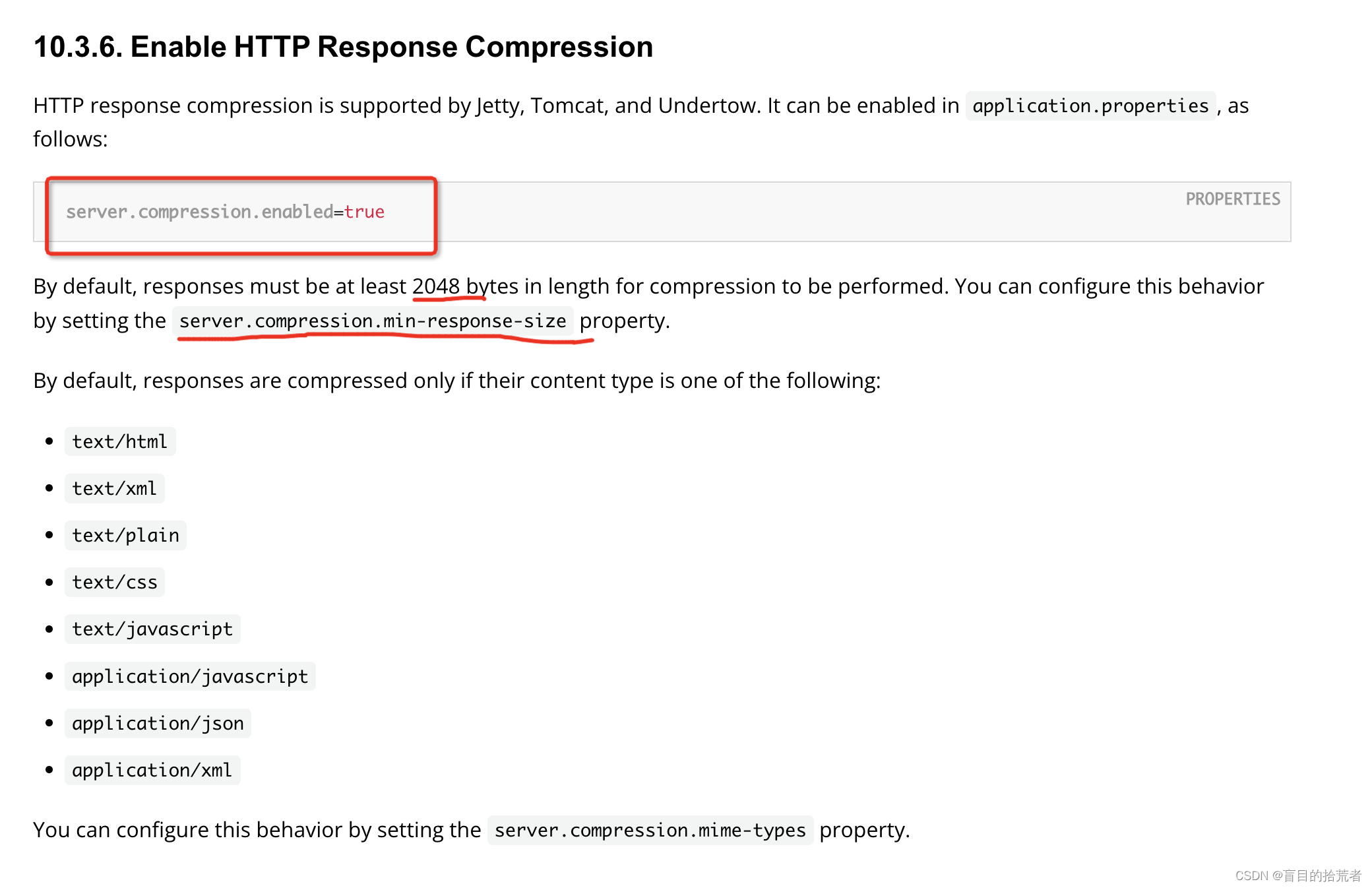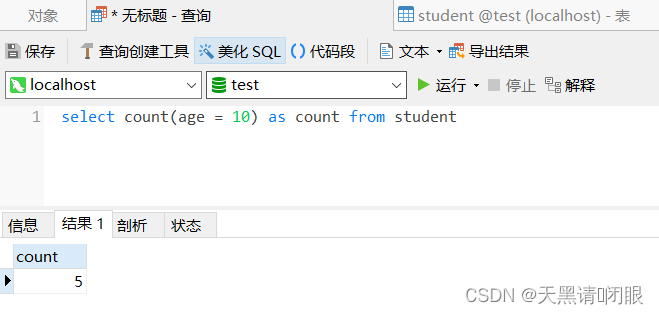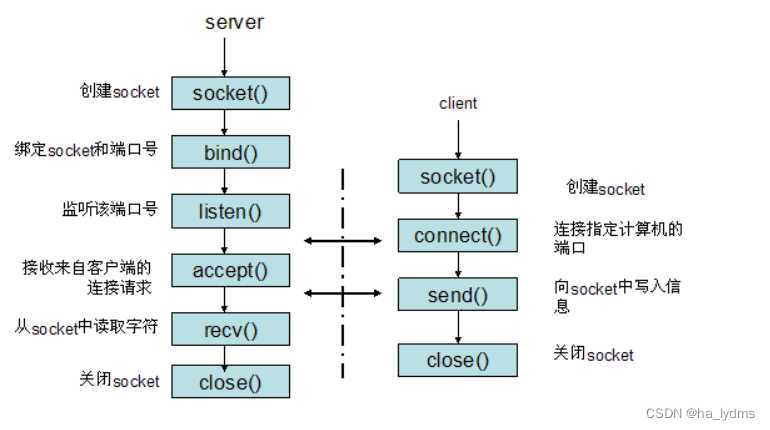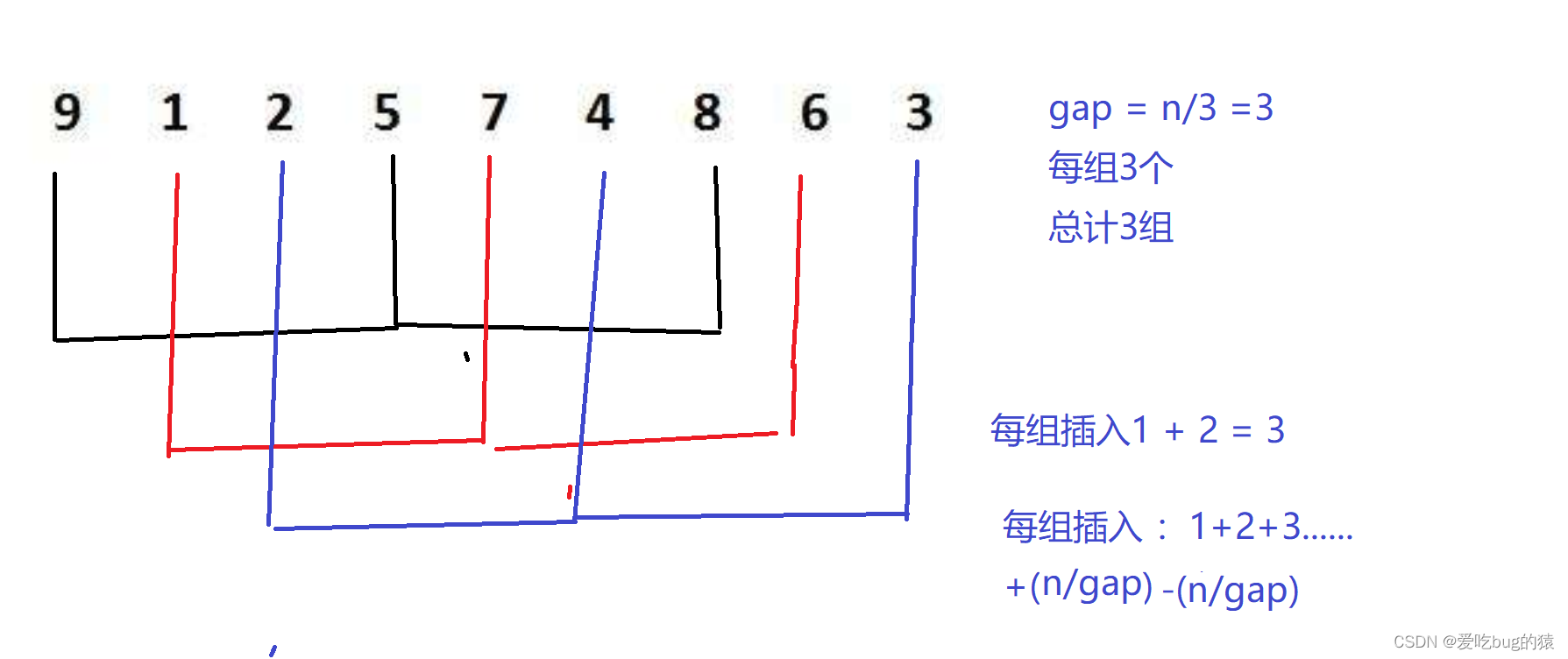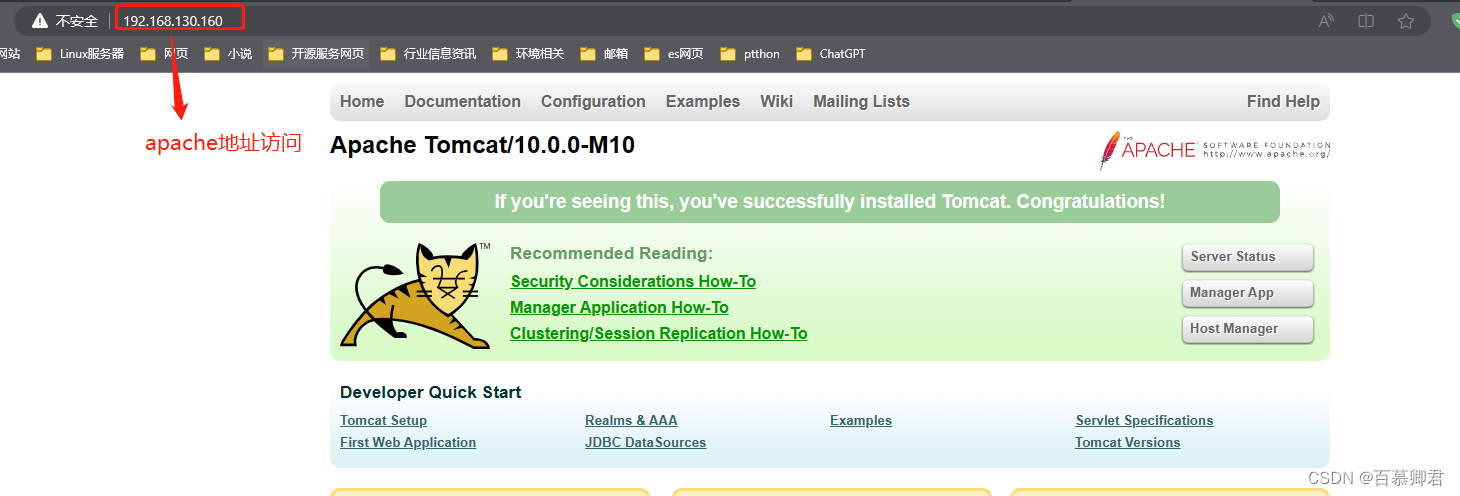目录
一、进程控制
1. 进程退出
2. 进程等待
2.1 阻塞等待
2.2 status位图结构
2.3 非阻塞等待
二、进程替换
1. exec*系列函数
2. 进程替换高级语言可执行程序
一、进程控制
1. 进程退出
进程退出会进入僵尸态,把自己的退出结果写入到自己的task_struct中
- exit() 库函数:终止进程时主动刷新缓冲区
- _exit() 系统调用:终止进程时不刷新缓冲区
#include <stdio.h>
int main()
{
printf("hello world");
sleep(2);
//exit(1); //两秒后打印
//_exit(1); //两秒后不打印
return 0;
}代码退出的情况:
- 代码跑完,结果正确 ---- return 0;
- 代码跑完,结果错误 ---- return !0; 退出码有意义
- 代码未跑完,报异常 ---- 退出码无意义
进程退出的时候,有对应的退出码,标定进程执行的结果是否正确。
退出码:
- return 0, 进程退出码为 0,标定进程执行的结果正确
- 如何设置返回值退出码?
- 如果不关心进程退出码,直接return 0 即可
- 如果关心进程退出码,返回 0 表示正确,返回非0用特定的数据表明特定的错误
- echo $? 查看上一个进程的退出码,? 是一个变量,永远存放上一个进程退出的退出码
打印错误码:
int main()
{
for (int i = 0; i < 100; ++i)
{
printf("%d : %s\n", i, strerror(i));
}
return 0;
}2. 进程等待
- 去除子进程僵尸态,获取子进程退出结果
- pid_t wait(int* status):成功则返回被等待进程的pid,失败则返回-1
- pid_t waitpid(pid_t id, int* status, int option):option为0代表阻塞等待
- wait/waitpid 是一个系统调用 ---> os有能力和资格去读取进程的task_struct
2.1 阻塞等待
子进程未退出,父进程只能阻塞在此等待子进程结束
#include <stdio.h>
#include <unistd.h>
#include <sys/types.h>
#include <sys/wait.h>
int main()
{
pid_t id = fork();
if (id == 0)
{
int cnt = 5;
while (cnt)
{
printf("子进程:%d, 父进程:%d, cnt = %d\n", getpid(), getppid(), cnt--);
sleep(1);
}
exit(10);
}
//父进程
int status = 0; // 保存退出码
pid_t ret = waitpid(id, &status, 0); //option为 0 代表阻塞等待
if (id > 0)
{
printf("wait success: %d, sign: %d, exit code: %d\n", ret, (status & 0x7F), (status>>8) & 0xFF);
}
return 0;
}
2.2 status位图结构
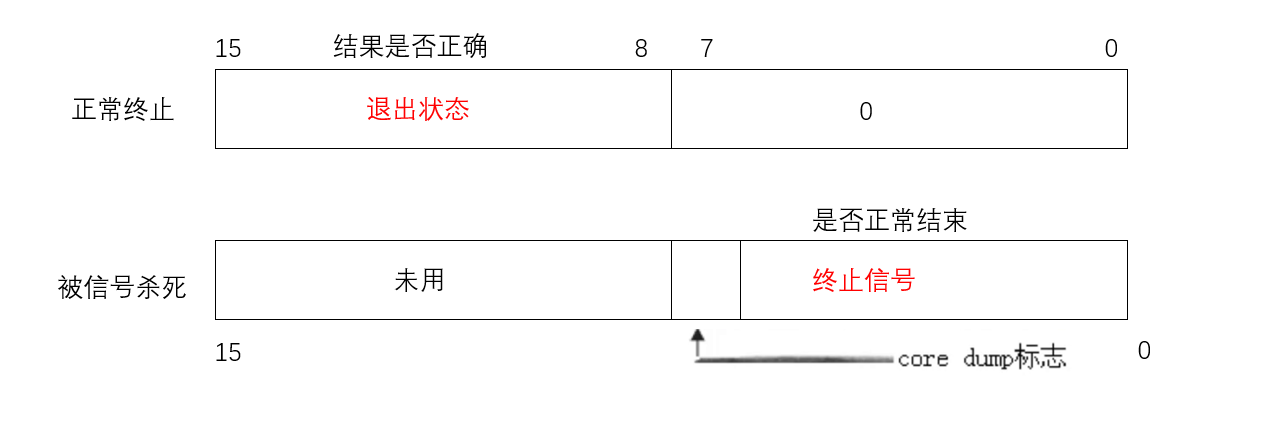
- status退出信号是一个32bit位的位图,只有低16个bit位存储退出信息
- (status & 0x7F) 为终止信号, (status>>8) & 0xFF) 为退出状态
- 异常退出,被信号杀死
#include <stdio.h>
#include <unistd.h>
#include <sys/types.h>
#include <sys/wait.h>
int main()
{
pid_t id = fork();
if (id == 0)
{
int cnt = 5;
while (cnt)
{
printf("子进程:%d, 父进程:%d, cnt = %d\n", getpid(), getppid(), cnt--);
sleep(1);
}
int a = 10;
a /= 0; //除 0 异常
exit(10);
}
//父进程
int status = 0;
pid_t ret = waitpid(id, &status, 0); //option为 0 代表阻塞等待
if (id > 0)
{
printf("wait success: %d, sign: %d, exit code: %d\n", ret, (status & 0x7F), (status>>8) & 0xFF);
}
return 0;
}8号终止信号代表浮点数异常
2.3 非阻塞等待
- 非阻塞等待:子进程未退出,父进程检测之后立即返回
- 非阻塞等待的意义:不用占用父进程的所有精力,可以在等待期间执行自己的任务
- WIFEXITED(status):是否正常退出,若正常退出则返回值非零
- WEXITSTATUS(status):提取子进程退出码
#include <stdio.h>
#include <stdlib.h>
#include <unistd.h>
#include <sys/types.h>
#include <sys/wait.h>
#include <string.h>
#define NUM 10
typedef void (*func_t)(); //函数指针
func_t handlerTask[NUM];
//测试样例
void Task1()
{
printf("handler task1\n");
}
void Task2()
{
printf("handler task2\n");
}
void Task3()
{
printf("handler task3\n");
}
//给父进程装载任务
void LoadTask()
{
memset(handlerTask, 0, sizeof(handlerTask));
handlerTask[0] = Task1;
handlerTask[1] = Task2;
handlerTask[2] = Task3;
}
int main()
{
pid_t id = fork(); //返回的本质就是写入, 写入时发生写时拷贝
if (id < 0)
{
printf("folk error\n");
return 1;
}
else if (id == 0)
{
int cnt = 5;
while (cnt)
{
printf("我是子进程: %d, 父进程: %d, cnt = %d\n", getpid(), getppid(), cnt--);
sleep(1);
// int* p = NULL;
// *p = 100; //野指针报错, 退出信号为11
}
exit(10);
}
LoadTask();
int status = 0; //不是被整体使用的, 有自己的位图结构
//非阻塞轮旋方式等待
while (1)
{
pid_t ret = waitpid(id, &status, WNOHANG); //非阻塞等待: 子进程未退出, 父进程检测之后立即返回
if (ret == 0)
{
//子进程未退出, waitpid等待失败, 仅仅是检测到子进程状态未退出
for (int i = 0; handlerTask[i] != NULL; ++i)
handlerTask[i]();
}
//等待子进程退出成功
else if (ret > 0)
{
//是否正常退出
if (WIFEXITED(status))
{
//正常退出, WIFEXITED()返回值为!0
//判断子进程运行结果是否正确
printf("exit_code: %d\n", WEXITSTATUS(status));
}
else
{
//异常退出,被信号杀死
printf("child process not normal\n");
}
break;
}
else
{
// waitpid调用失败
printf("waitpid call failed\n");
break;
}
sleep(1);
}
return 0;
}
二、进程替换
进程替换:将指定进程的代码加载到指定位置,覆盖自己的代码和数据
1. exec*系列函数
加载器的底层接口,可替换任何后端语言的可执行程序
- int execl(const char* path, const char* arg, ...),可变参数列表以NULL结尾
- int execlp(const char* file, const char* arg, ...),可自动在环境变量中寻找路径
- int execv(const char* path, char* const arg[]),可变参数数组以NULL结尾
- int execvp(const char* file, char* const arg[])
#include <stdio.h>
#include <stdlib.h>
#include <unistd.h>
#include <sys/types.h>
#include <sys/wait.h>
#include <string.h>
int main()
{
printf("process is running\n");
pid_t id = fork();
if (id == 0)
{
sleep(1);
//execl("/usr/bin/ls", "ls", "-a", "-l", "--color=auto", NULL);
//execlp("ls", "ls", "-a", "-l", "--color=auto", NULL);
char* const arg[] = {"ls", "-a", "-l", "--color=auto", NULL};
//execv("/usr/bin/ls", arg);
execvp("ls", arg);
exit(10); //若exc*调用成功,则此句代码被替换
}
int status = 0;
pid_t ret = waitpid(id, &status, 0);
if (ret > 0)
{
printf("wait success, sig = %d, exit code = %d\n", (status & 0x7F), (status>>8) & 0xFF);
}
printf("process is running done\n");
return 0;
}
execve是系统调用,其他都是封装
- int execle(const char* path, const char* arg, ... , char* const envp[]),可传环境变量
- int execve(const char* path, char* const arg[], char* const envp[])
- int execvpe(const char* file, char* const arg[], char* const envp[])
2. 进程替换高级语言可执行程序
创建一个test.c文件并编译 gcc -o test test.c
#include <stdio.h>
#include <stdlib.h>
int main()
{
printf("C语言程序\n");
printf("C语言程序\n");
printf("PATH: %s\n", getenv("PATH"));
printf("PWD: %s\n", getenv("PWD"));
printf("MYENV: %s\n", getenv("MYENV"));
printf("C语言程序\n");
printf("C语言程序\n");
exit(15);
}创建一个py_test.py文件,chmod +x py_test.py
用进程替换这个程序,并打印环境变量
#!/bin/python
print('python process')
print('python process')
print('python process')
print('python process')
print('python process')进程替换程序:
#include <stdio.h>
#include <stdlib.h>
#include <unistd.h>
#include <sys/types.h>
#include <sys/wait.h>
#include <string.h>
int main()
{
printf("process is running\n");
pid_t id = fork();
if (id == 0)
{
sleep(1);
putenv((char*)"MYENV=123456"); //添加自定义环境变量
extern char** environ;
execle("./test", "test", NULL, environ);
exit(10); //若exc*调用成功,则此句代码被替换
}
int status = 0;
pid_t ret = waitpid(id, &status, 0);
if (ret > 0)
{
printf("wait success, sig = %d, exit code = %d\n", (status & 0x7F), (status>>8) & 0xFF);
}
execl("./py_test.py", "py_test.py", NULL);
printf("process is running done\n");
return 0;
}运行结果:


